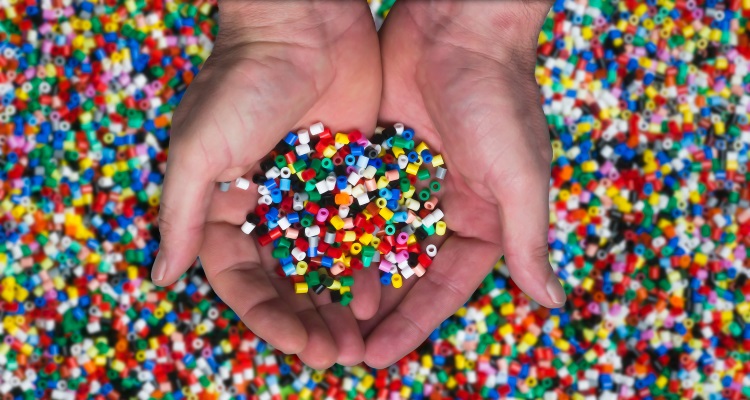Recycling Plastic Bottles To Make Yarns
Today, more and more people are leaning towards using recycled materials. As we see, billions of plastic bottles are discarded every year into the bins. Textile researchers have come up with a unique solution to reduce this waste and turn it into something useful. Looking at the recognition and concern for eco-friendliness, they have come up with one of the best technologies, where plastic bottles can now be recycled to make clothing yarns! The clothing industry is a very heavy user of resources, which is why this invention has proven to be a boon for the industry. This new development has resulted in lots of benefits like reduction in energy consumption, reduction in CO2 emissions, oil preservation, and decrease in wastage at dumps.
This latest technology has come from a Swiss fiber spinning company, Trützschler, in partnership with leading plastic recycling solution provider EREMA. Both these companies have developed a one-step system for pre-processing and spinning polyester flakes into Bulk Continuous Filament (BCF) yarn for carpet applications. The yarn produced has amazing efficiency, excellent process stability, and low transformation costs. Also, the fabric made from these fibers can be easily dyed, while having higher stain resistance. PET is the resin that is used to make transparent, light, shatterproof bottles for juices, soft drinks, water, and alcohol. The fabric made out of PET fiber is basically polypropylene, which is ten times stronger than a normal polyester fabric. However, weaving or knitting these yarns requires very heavy machines.
How are plastic bottles transformed into yarns?
The PET bottles tossed into the recycled bin are sorted at a recycling facility and bundled together in large bales, which are then taken to a PET reclaiming facility. Here, the bottles are de-capped, de-labeled, thoroughly cleaned, and separated by colour. The bottles are then put into a grinder to be ground into small flakes, which are tossed in hot air to give them a hard coating. They are then dried to remove any remaining moisture. These dry and crispy flakes are shoved through hot pipes to melt them into a thick liquid. This liquid is then filtered through a dye plate with tiny holes, forming filaments that are five times finer than human hair. These filaments are cooled and hardened, after which they are sent over rollers, where air entangles with them to create a floss-like yarn. This yarn is then pulled over hot metal rollers to stretch them and realign the polyester molecules to form the final end product.
How are yarns chemically and mechanically produced?
Today, many large scale industries have adopted this technology, and are producing high-end yarns from plastic fibers. They may use any one of the two approaches – chemical and mechanical.
Chemical recycling – The old plastic is broken down into its original monomers through hydrolysis, glycolysis, or methanolysis. The monomers produced are then used to manufacture new plastic granulate through polymerization, which are then used to spin high-end yarns. However, this kind of chemical recycling requires greater energy consumption and high capital investment.
Mechanical recycling – The plastic waste is melted without any chemical decomposition, which is then either processed directly into the end product, or first granulated into chips. Recycling systems available in the market can today process various forms of waste, which is shredded, melted, and re-granulated.
Amazing technology, isn’t it!? If such yarns can be used in your particular industry and application, there can be nothing better than that! However, whatever yarn you use, you definitely need bobbins and spools to wind them over. So, when it comes to purchasing bobbins, remember to approach Trim Engineering Services, who are one of the best and most reputed metal bobbin manufacturers in India.


